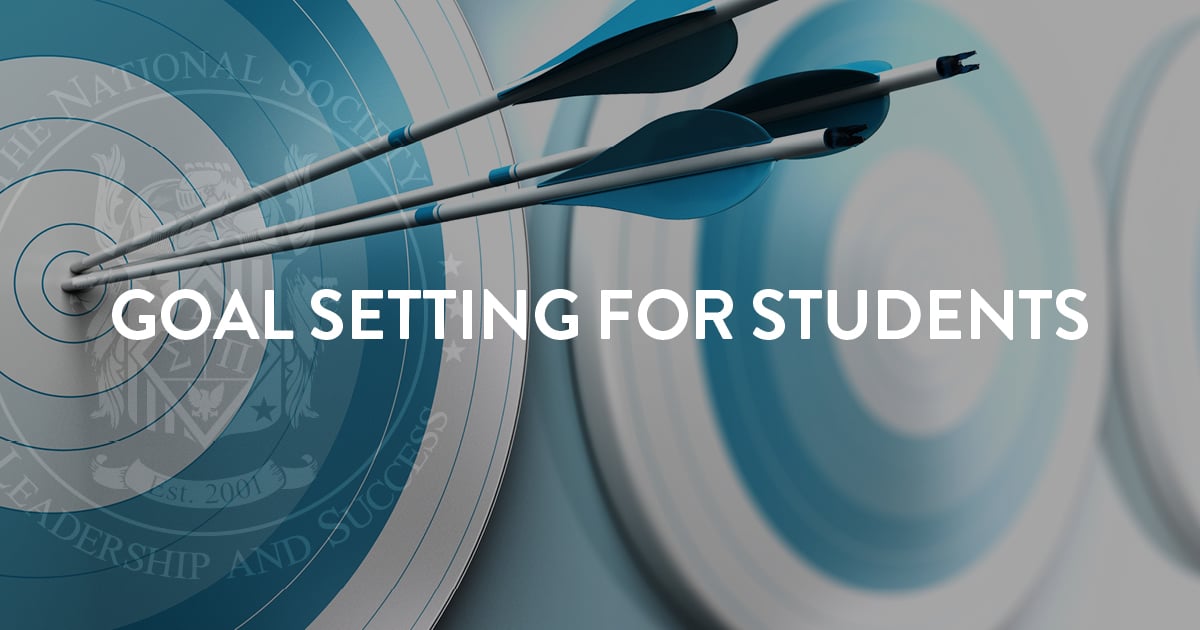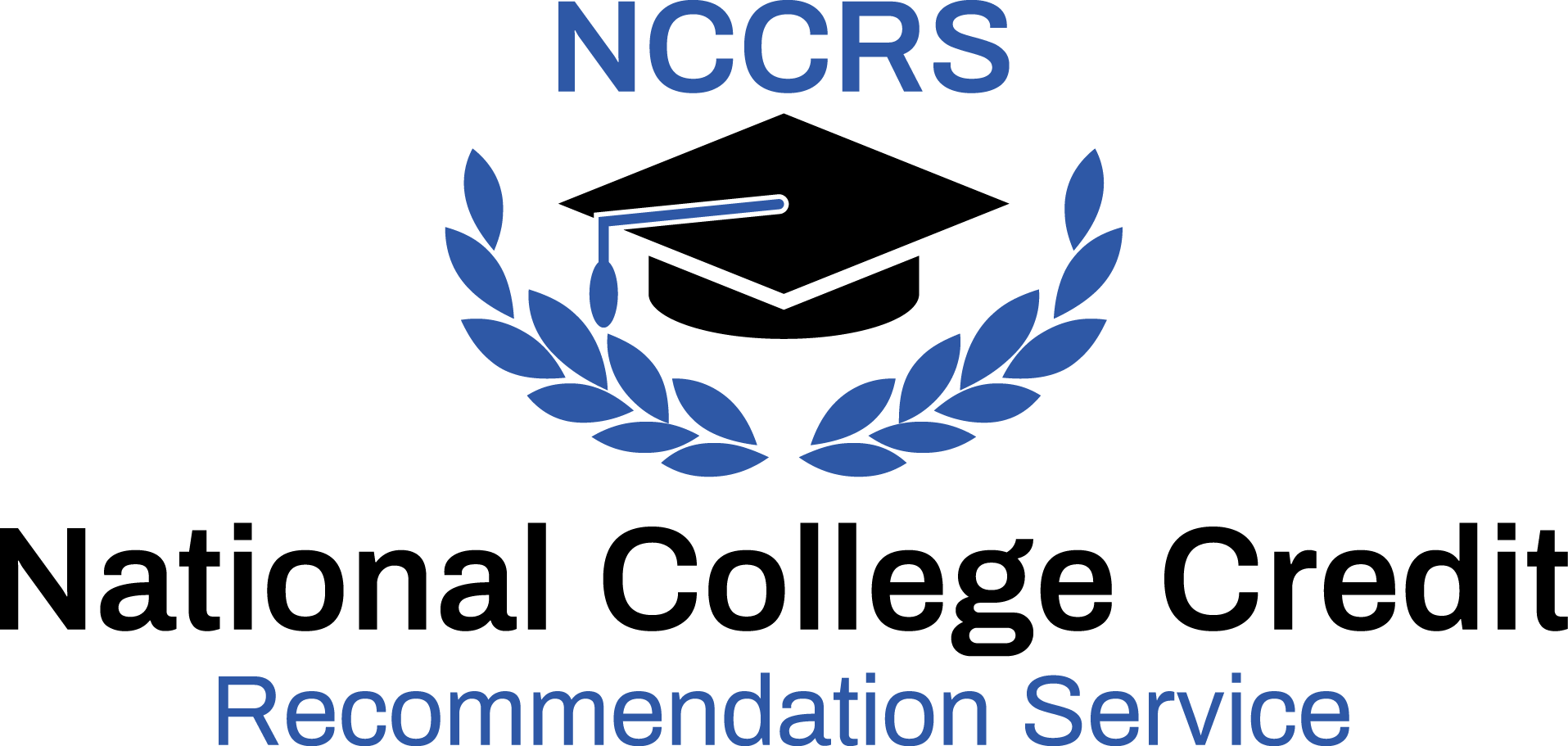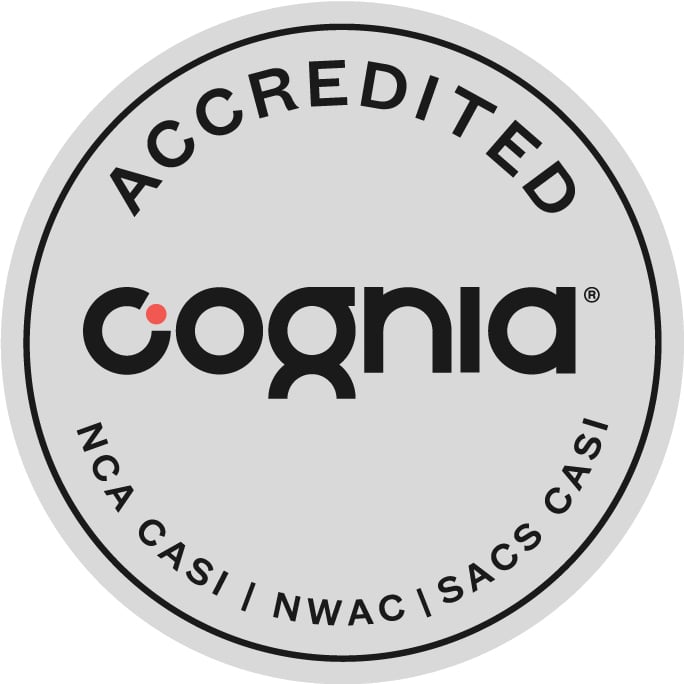You’ve probably heard about the importance of setting goals, right? A lot of students think goal-setting is boring and unnecessary because they know what they want — why break it down into tiny steps?
But in today’s fast-paced world, sometimes goals can get lost in the fray if they’re not given some structure and a push. At the NSLS, our goal is to empower you to create the life you want and build a better world. To do that, we provide you with the resources you need to succeed, including tools and training to show you how to set effective goals.
Ready? Let’s dive in.
Strong Goal Setting Starts With You
An unfortunate fact of life is that many of us get caught up in trying to achieve goals others set for us. This can come from the best of intentions, like wanting to make your parents proud, but ultimately it reduces the effectiveness of your goal-setting and goal-pursuing process.
We know how important you are in the creation of goals that will be effective for you. That’s why the first step of our Foundations of Leadership program is exploring your own identity. Knowing ourselves, including our values and our desires, is a vital first step in shaping goals that will lead down the best possible path.
Why is it so important to start with yourself? It makes you more invested and motivated to put in the effort necessary to achieve your goals. CeCe Morken of Headspace says that if you don’t believe in your goals or your job, you’re less likely to give it your all. When you do believe in what you’re doing, “You will be so much better at it and so much happier.”
After all, as the adage goes, “If you enjoy what you do, you’ll never work a day in your life.”
How exactly do you create these meaningful, effective goals? We’re glad you asked.
Method 1: SMART Goals
This first goal-setting method is one we use in Foundations of Leadership. SMART goals help you ensure that your goals are rewarding and actionable. Your goals should align with each element of the acronym:
-
Specific: Make your goal as detailed and specific as possible.
-
Measurable: Define how you will know when you’ve achieved your goal.
-
Actionable: Clearly define the action steps required to achieve your goal.
-
Rewarding: Your goal must be meaningful and worthwhile, providing personal and professional fulfillment.
-
Time Specific: Set specific dates for beginning and completing your goals to maintain focus and stay on track.
If this sounds like a strategy for you, check out a more detailed breakdown of the method, plus more questions to consider.
Like most strategies, SMART goals have their pros and cons. Check out Tammy Salmon-Stephens’s breakdown of why SMART goals don’t always work to determine if it’s the right method for you.
RELATED: VISUALIZE YOUR REINVENTED LIFE
Method 2: PACT Goals
If SMART doesn’t work well for you, here’s a different method that comes highly recommended by Salmon-Stephens herself. PACT includes four elements to help you reach your goals:
-
Purposeful: What is your goal’s meaning, and what is your passion behind it?
-
Actionable: How can you take action now rather than overplanning for something in the future?
-
Continuous: What “repeatable and straightforward routines” can you enact to avoid analysis paralysis?
-
Trackable: Like Measurable from SMART, this means creating goals you can track, but it includes an emphasis on effort and progress — and making sure to identify that progress to yourself.
Salmon-Stephens uses PACT because of its focus on taking action, appreciating progress, and allowing reassessment. If this method sounds appealing, check out her more detailed breakdown and some helpful examples.
Help Yourself Commit and Get Excited!
After all this work to set realistic goals, there’s one more step: Commit! Achieving your goals will take work. No matter which goal-setting methodology you choose, there are ways you can help ensure action.
Part of the effort required to achieve your goals is working on your mindset. You’ve already done some work to get to know yourself before setting your goals, but self-knowledge is a continuous process. Spend time getting to know yourself at every stage of the process and make sure you evaluate whether each step is still in alignment with who you are and what you want. And remember to be kind to yourself by living with a growth mindset as you honor both your effort and your progress.
Another key to ensuring committed action is accountability. Structure helps to ensure accountability, and there are many strategies you can use to create that structure. For example, in the Weekly Daily Goals system, you set weekly goals and then, before bed every night, write down two or three key tasks that will leave you satisfied with your efforts for the day.
You can also share your goals and the steps you plan to take with others, then tell them about every step achieved. You might update a group text thread with family or friends, post on social media, or keep a blog. Making goals public (or semi-public, shared only with trusted friends) helps keep you accountable because others will know if you don’t make an effort.
Joining a community is another great way to ensure your commitment by surrounding yourself with like-minded people who can be your cheerleaders. There are many support groups all over the internet - you just have to look! And here at NSLS, we value building such support networks for you. Aside from the connections you can make within the larger NSLS family, the Foundations of Leadership program includes smaller Success Networking Teams (SNTs) to hold you accountable, offer support, and help you celebrate successes.
Success at any endeavor requires a consistency of smart, strategic planning and effort. Start yourself off on the path by adopting the right mindset to get there efficiently.









